Growing Awareness of Scalp Health
The Shampoo Market is witnessing a growing awareness of scalp health, which is increasingly recognized as a critical component of overall hair care. Consumers are becoming more informed about the importance of maintaining a healthy scalp, leading to a rise in demand for shampoos that offer scalp care benefits. This trend is supported by Industry expert's indicating that products specifically formulated for scalp health are projected to grow by 12% in the coming years. Brands are responding by developing shampoos that include ingredients known for their soothing and nourishing properties, such as tea tree oil and salicylic acid. As consumers prioritize scalp health, the Shampoo Market is likely to see continued innovation and product diversification.
Rise of Men’s Grooming Products
The Shampoo Market is experiencing a notable rise in the demand for men’s grooming products, including specialized shampoos. This trend is fueled by changing perceptions of masculinity and an increasing focus on personal grooming among men. Industry expert's indicates that the men’s hair care segment is expected to grow at a compound annual growth rate of approximately 10% over the next five years. Brands are responding by launching products specifically designed for men, featuring unique formulations that address male hair concerns such as thinning hair and scalp health. This expansion not only broadens the consumer base but also encourages innovation within the Shampoo Market, as companies strive to create products that resonate with male consumers.
Increasing Demand for Sustainable Products
The Shampoo Market is witnessing a notable shift towards sustainability, driven by consumer preferences for eco-friendly products. As awareness of environmental issues grows, consumers increasingly seek shampoos that utilize biodegradable ingredients and sustainable packaging. This trend is reflected in the market, where the demand for organic and natural shampoos has surged, with a reported increase of over 20% in sales of such products in recent years. Brands that prioritize sustainability are likely to gain a competitive edge, as consumers are willing to pay a premium for products that align with their values. This shift not only influences purchasing decisions but also encourages manufacturers to innovate and reformulate their products to meet these evolving expectations.
Influence of Social Media and Beauty Influencers
The Shampoo Market is increasingly shaped by the influence of social media and beauty influencers. Platforms such as Instagram and TikTok have become vital channels for product promotion, where influencers showcase their hair care routines and recommend specific shampoos to their followers. This trend has led to a surge in brand visibility and consumer engagement, with many consumers relying on influencer endorsements when making purchasing decisions. Market data suggests that products endorsed by influencers can see sales increases of up to 30% shortly after promotion. As social media continues to play a pivotal role in shaping consumer behavior, brands within the Shampoo Market must adapt their marketing strategies to leverage these platforms effectively.
Technological Advancements in Product Formulation
The Shampoo Market is significantly impacted by advancements in technology, particularly in product formulation. Innovations in hair care technology have led to the development of shampoos that cater to specific hair types and concerns, such as dandruff, dryness, and color protection. For instance, the introduction of microencapsulation technology allows for the delivery of active ingredients more effectively, enhancing the overall efficacy of shampoos. This trend is supported by market data indicating that specialized shampoos account for a growing share of the market, with a projected increase of 15% in the next few years. As consumers become more knowledgeable about hair care, they are likely to gravitate towards products that offer targeted solutions, thereby driving growth in the Shampoo Market.
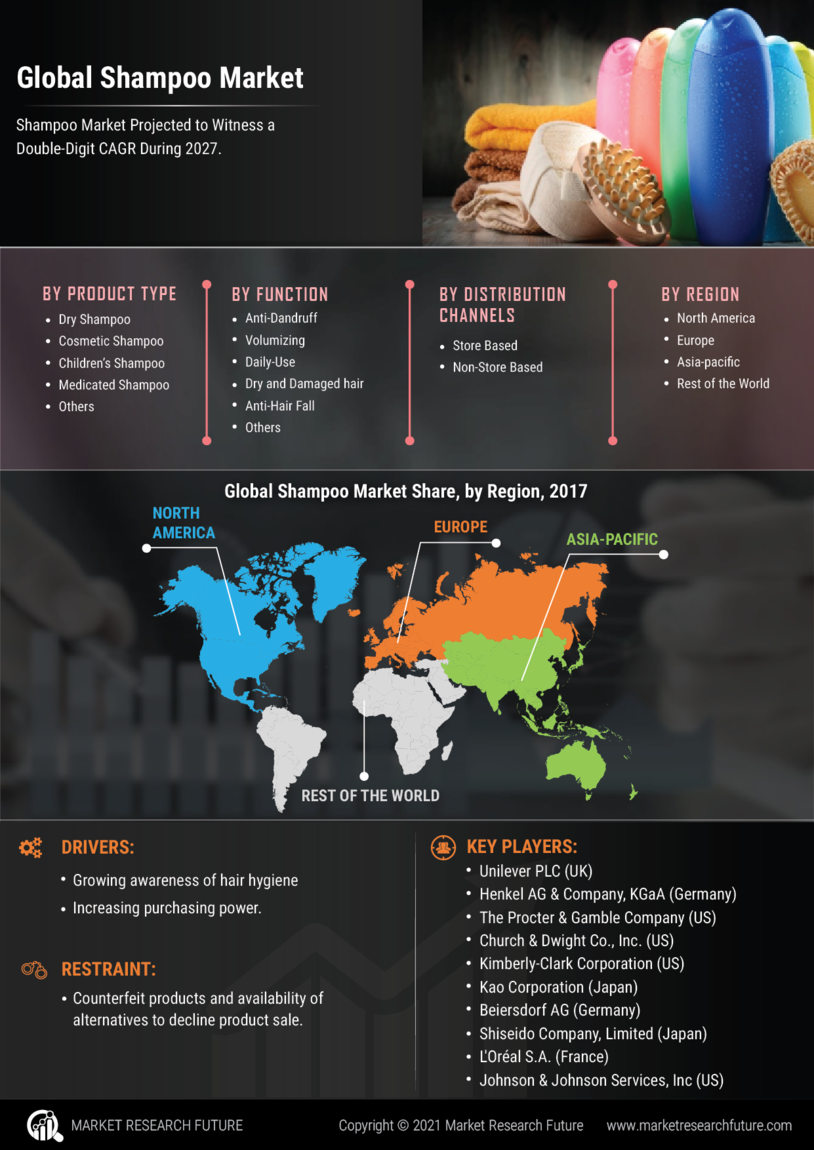

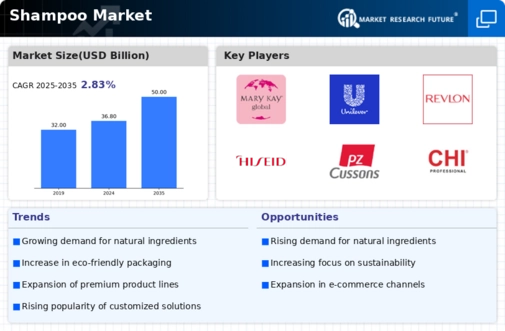

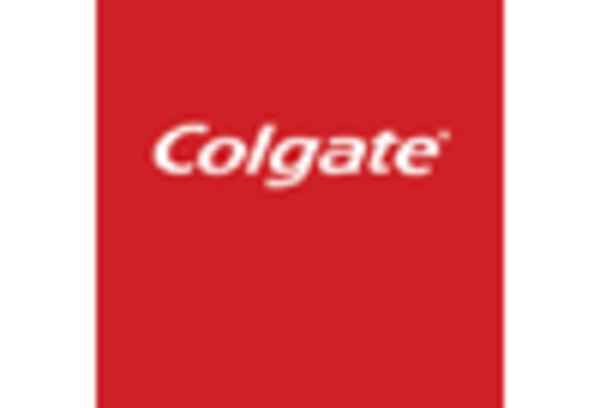

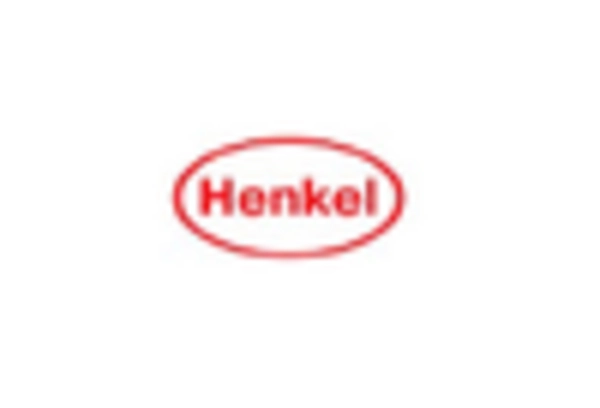
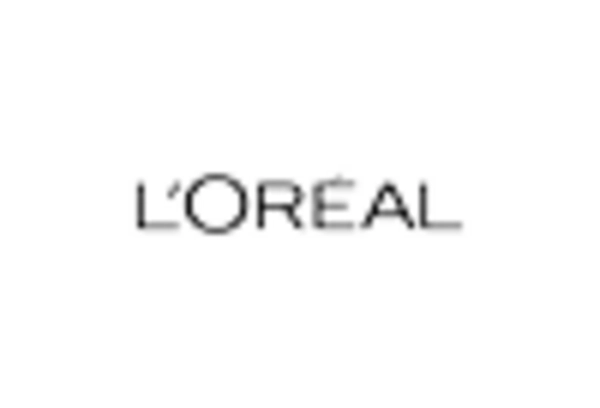
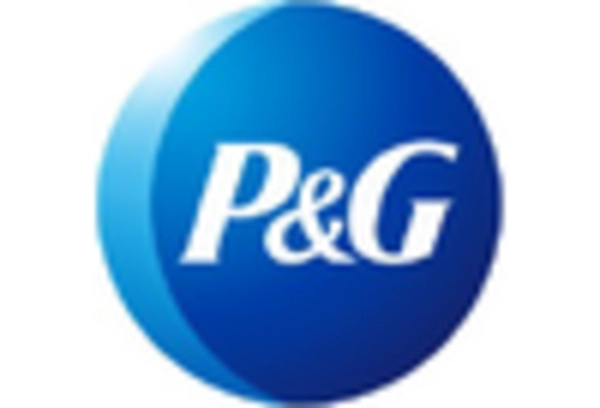









Leave a Comment